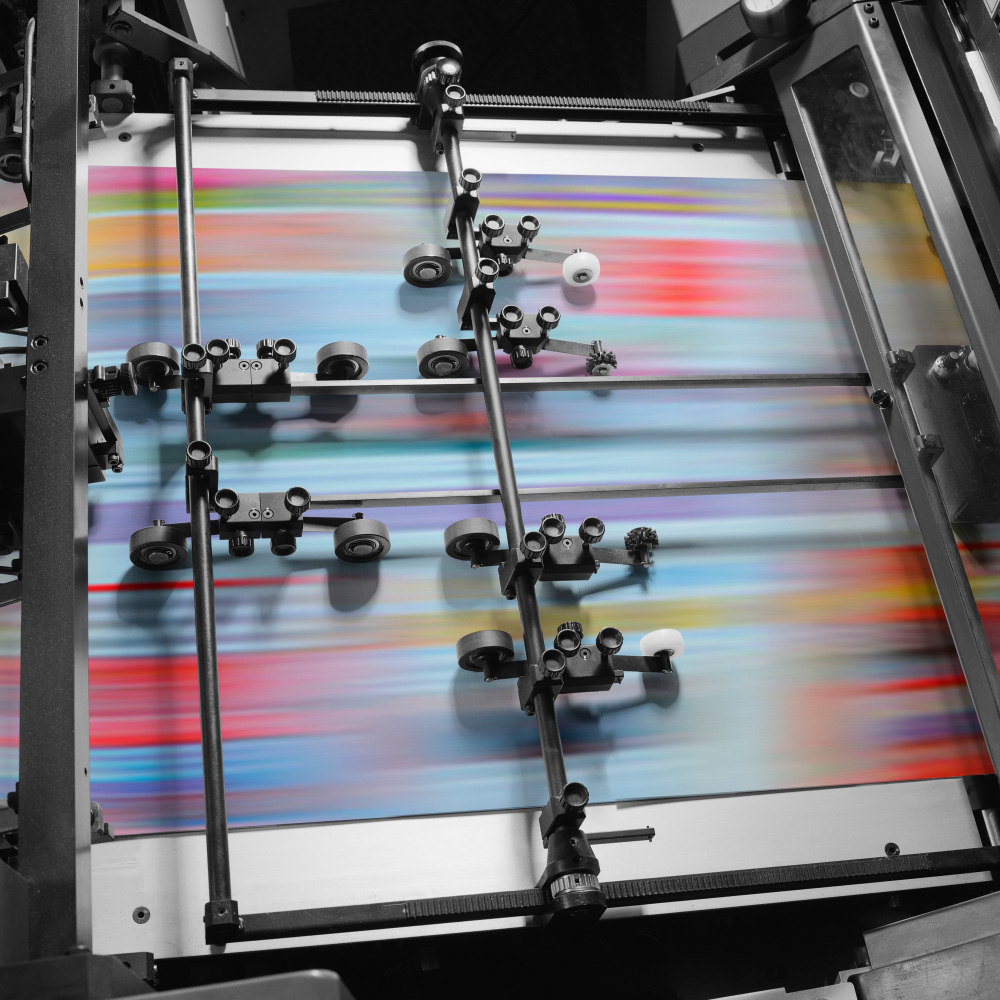Which ink should be used in a digital printing machine?
Which ink should be used in a digital printing machine?

The types of inks used in digital printing machines may vary depending on the material being printed, the printing method, and the required quality. The main types of inks commonly used in digital printing machines are as follows:
- Toner Ink (for Laser Printing)
- Application Area: Used in laser printing machines.
- Features:
- It is in powder form and is transferred to paper electrostatically with laser light.
- Provides fast drying and high color clarity.
- Suitable for low-cost short-run prints.
- The ink used in the printer is generally available in black and color options (yellow, blue, red, black – CMYK).
- Inkjet Ink
- Application Area: Used in inkjet printing machines.
- Features:
- Liquid ink is sprayed onto the surface through printheads.
- Four Primary Colors (Cyan, Magenta, Yellow, Black – CMYK) or additional colors can be used for printing.
- Suitable for high-quality prints; ideal for photo prints, graphics, and detailed designs.
- Typically available in two main types: pigment-based (more permanent) or dye-based (brighter colors).
- UV Ink
- Application Area: Used in UV printing machines.
- Features:
- These inks cure under UV light, enabling fast drying.
- Offer high color saturation and durability.
- Can be printed on any surface (paper, plastic, metal, glass, etc.).
- Suitable for durable, long-lasting prints.
- Solvent Ink
- Application Area: Commonly used for outdoor prints and vinyl prints.
- Features:
- Solvent-based ink, capable of printing on various surfaces.
- Produces durable prints suitable for outdoor use, resistant to UV light and weather conditions.
- Typically preferred for large-format prints such as vehicle graphics, posters, and outdoor advertising.
- Eco-Solvent Ink
- Application Area: Preferred for eco-friendly prints, similar to solvent ink but more environmentally friendly.
- Features:
- Environmentally friendly, contains fewer harmful chemicals compared to solvent inks.
- Can print on various surfaces and is suitable for outdoor prints.
- Provides fast drying and durability.
- Sublimation Ink
- Application Area: Used in textile printing machines or for printing on hard surfaces (e.g., mugs, t-shirts, phone cases).
- Features:
- Heat-activated ink that vaporizes to transfer onto fabric or hard surfaces such as ceramics and metals.
- Ideal for polyester fabrics and hard surfaces.
- Provides vibrant colors and permanent prints.
- Pigment-Based Ink
- Application Area: Used for high-quality prints, particularly for text and graphic printing.
- Features:
- Pigments are present as undissolved particles in liquid ink, which provides longer-lasting prints.
- More durable and resistant to water and fading.
- Typically preferred for professional photo prints, art prints, and other long-lasting prints.
- Dye-Based Ink
- Application Area: Typically used for more vibrant colors and shorter-lasting prints.
- Features:
- Dye-based inks are water-soluble, resulting in brighter and more vibrant prints.
- However, the durability is not as long-lasting as pigment-based inks.
Conclusion:
The type of ink used in digital printing machines varies depending on the type of print and the features of the machines used. For example, inkjet ink is preferred for photo prints and detailed graphics, while UV or solvent inks are used for outdoor prints. Moreover, eco-solvent or water-based inks may be important options for environmentally friendly prints. The correct choice of ink directly impacts the quality and durability of the print.









































